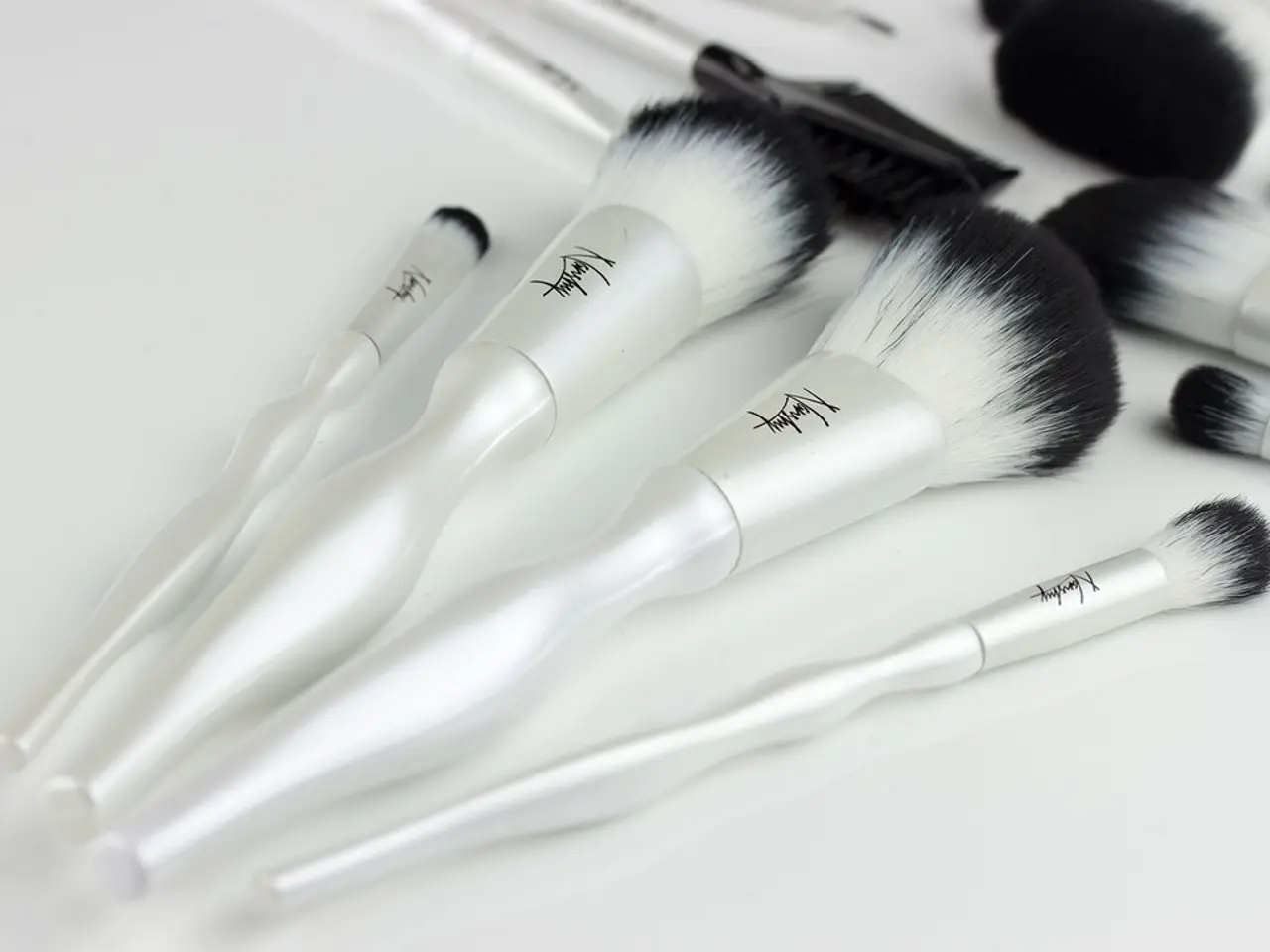Mastering Acrylic Paint Blending: Indispensable Tools and Techniques for Artists
=====================================================================================================
Embracing the creative process of blending and letting your imagination flow is crucial when it comes to creating beautiful works of art, especially when working with acrylic paints. Here's a guide to help you master acrylic paint blending, complete with essential tools, techniques, and tips for achieving smooth transitions and harmonious color combinations.
Essential Tools
To achieve seamless blends, you'll need the right tools. Here are some essential ones to get you started:
- Brushes: Use large, soft brushes for blending. Flat brushes are great for broad strokes, while round brushes are ideal for finer details.
- Palette Knife: This tool is excellent for mixing paint and creating textured blends.
- Sponges: These are useful for creating soft, layered effects.
- Acrylic Mediums: While optional, these can help adjust paint consistency and promote blending. Common mediums include matting agents, glazing mediums, and texture mediums.
Essential Techniques
Once you have the right tools, it's time to learn some essential techniques:
- Layering with Sponges: Apply paint to the canvas using circular motions with a dry sponge to achieve soft, gradient-like effects.
- Blending Without Mediums: Work quickly with wet paint, using a soft brush or palette knife to blend colors directly on the canvas without additional mediums.
- Gradation: Gradually transition from light to dark colors by layering wet paint with a soft brush.
- Glazing: Use a glazing medium to create transparent layers that deepen colors without muddying them.
Tips for Harmonious Color Combinations
Creating harmonious color combinations is essential for a visually pleasing artwork. Here are some tips to help you:
- Start with the Color Wheel: Understand primary, secondary, and tertiary colors to mix a wide range of shades.
- Mix from Light to Dark: Start with lighter colors and gradually add darker ones to achieve the desired shade.
- Test on a Palette: Before applying paint to the canvas, blend colors on a palette to ensure harmony and balance.
- Work Quickly: Since acrylics dry fast, blend while the paint is still wet to avoid visible brushstrokes.
Additional Tips for Smooth Transitions
- Blend in Layers: Divide your painting into sections and blend each layer before moving on to the next.
- Use a Blending Tool: Tools like large soft brushes or blending stumps can help smooth out transitions.
- Practice Consistency: Regular practice helps develop your technique and improves blending skills.
By combining these tools and techniques, you can master acrylic paint blending and achieve smooth transitions and harmonious color combinations in your artwork.
Remember, mastering blending takes time, patience, and practice. Engage with other artists, draw inspiration from their techniques, and keep a sketchbook for experiments to accelerate your learning and enhance your artistic skills. Happy blending!
- In addition to acrylic painting, you might find drawing and painting relaxing ways to express your creativity and enhance your lifestyle.
- Fashion-and-beauty enthusiasts might appreciate the textured blends created with a palette knife, adding unique touches to their personal styles.
- When hosting a dinner party, a beautifully blended acrylic painting on home-and-garden walls could complement the food-and-drink presentation.
- For individuals pursuing education-and-self-development, learning acrylic painting techniques could be a valuable addition to their skillset.
- On quiet evenings, one might delve into a book about acrylic painting for inspiration or to further improve their entertainment and leisure time activities.




